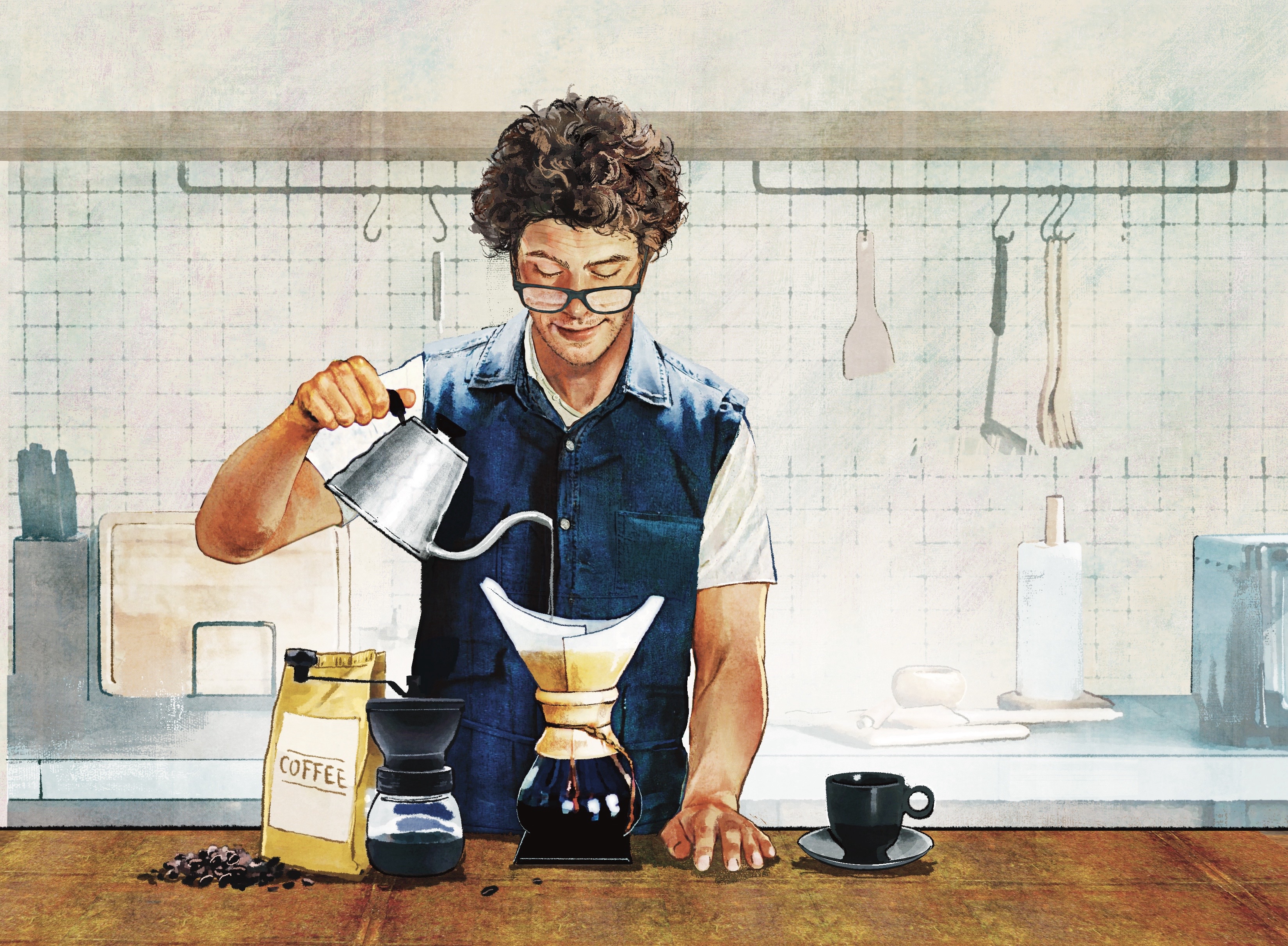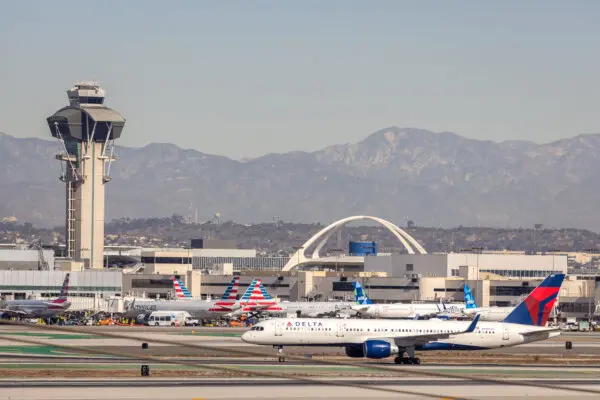I am a confessed coffee geek. When I was a child, I loved even the smell of my parents’ coffee in the morning—Eight O’Clock Coffee from the local A&P—but found the taste a nonstarter. It wasn’t until my 30s that I resorted to it out of necessity for boring-job survival, and even then, it was mostly coffee-flavored sweetened milk. I weaned myself off the empty calories, and now, my kitchen features an espresso machine, a moka pot, two Turkish cezves, a Vietnamese phin filter, a Thai muslin filter, a pour-over dripper, an insulated French press, a digital scale, and a 1910 wall-mount burr grinder.
I thought I’d done my homework, but then I talked to the pros. Brewing tips from these three coffee experts just upped my game.










